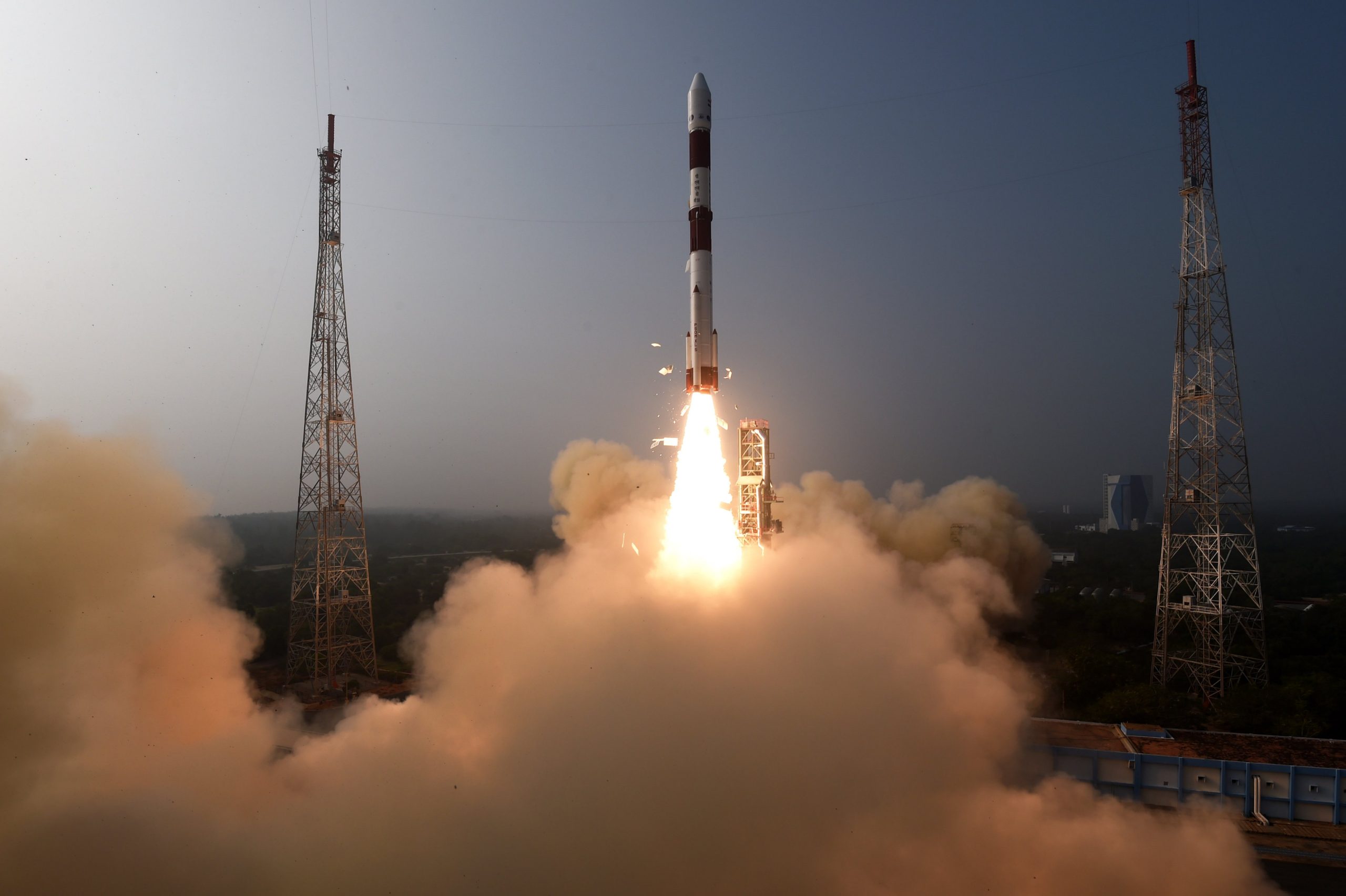By Dr Ajey Lele
Indian Space Research Organisation (ISRO) started the new year with a bang. On 01 Jan 2024 it successfully launched its PSLV-C58 Mission and had put the XPoSat Satellite into a non-sun synchronous orbit at an altitude around 650 km. This is an X-ray Polarimeter Satellite, the first dedicated scientific satellite from ISRO to carry out research in space-based polarisation measurements of X-ray emission from celestial sources.
Science has been one important but less discussed sector of ISRO’s overall space agenda. It is known that the emphasis of ISRO’s space program has been to develop a program with a core focus on socioeconomic aspects, since its inception. However, ISRO has always been keen to undertake scientific missions too. In fact, some sixty years back on 21 Nov 1963 India had undertaken its first sound rocket mission and this had marked the beginning of India’s space program. It was a Nike Apache sounding rocket which weighed 715 kg and was launched from a place called Thumba, near Thiruvananthapuram. This system had a 30-kg payload and the rocket had reached an altitude of 207 km. The purpose of this mission was to probe the atmosphere in situ using rocket-borne instrumentation. So, India could be said to have begun its space program with a launch of a scientific mission.
It is important to realise that in the 21st century ISRO has undertaken few important scientific missions. Chandrayaan-1, India’s first mission to the Moon, which was launched successfully on October 22, 2008 was a science mission and same is the case with Chandrayaan-2 and Chandrayaan-3 missions. India’s Mars mission was a science mission to understand about the origin and the atmosphere over this red planet.
On 21 March 1996 ISRO had launched a remote sensing satellite called IRS-P3. The main purpose of this satellite was to know more about Earth’s natural resources. Interestingly, it has also hosted a scientific instrument, the Indian X-ray Astronomy Experiment (IXAE). This was an instrument meant to study X-ray astronomy and it had a C-band transponder and two remote sensing instruments. This mission lasted for eight years and the system was deactivated on 15 Oct 2004. With the success of this mission which also had a scientific angle associated with it, ISRO decided during 2004 to work on a project called AstroSat, building of a full-fledged astronomy satellite. Finally, on 28 Sept 2015 this satellite was launched with a mission life of five years. However, now more than eight years have elapsed but this satellite is still working perfectly. It has collected various important observations and the system is known for the quality of the data generated. The Global scientific community is known to be using this data for astronomical research.
As per ISRO, their science focus is towards conducting research in areas like astronomy, astrophysics, planetary and earth sciences, atmospheric sciences and theoretical physics. For this purpose, they are using a range of equipment from balloons to sounding rockets to ground-based facilities to space platforms and XPoSat Satellite is one such space-based platform. Broadly, it could be said that today ISRO is having multi wavelength space observatories. India’s Aditya-L1, which is expected to reach its destination around 06 Jan 2024 is an important scientific satellite by ISRO fully dedicated to the comprehensive study of the Sun.
During the PSLV-C58 mission, ISRO has conducted an interesting experiment. The last stage of the rocket PS4 stage (the fourth stage of the PSLV) which normally lingers around the same altitude where the satellite gets separated and finally remains there as space debris was successfully brought down to a 350 km orbit and is now getting used as a platform to conduct some important experiments. ISRO has done such activities during some of the previous missions too. For this mission, there are ten sensors and seven of which are the experiments belonging to various Indian startups.
This mission also establishes the credibility of ISRO’s launch vehicle commonly known as ISRO’s workhorse called PSLV. It was the 60th mission of this vehicle. Since 1993, this vehicle has succeeded 57 times in reaching their planned orbits. There were only two outright failures for this vehicle and one partial failure.
The author is a consultant, MP-IDSA, New Delhi.
Disclaimer: Views expressed are personal and do not reflect the official position or policy of Financial Express Online. Reproducing this content without permission is prohibited.




